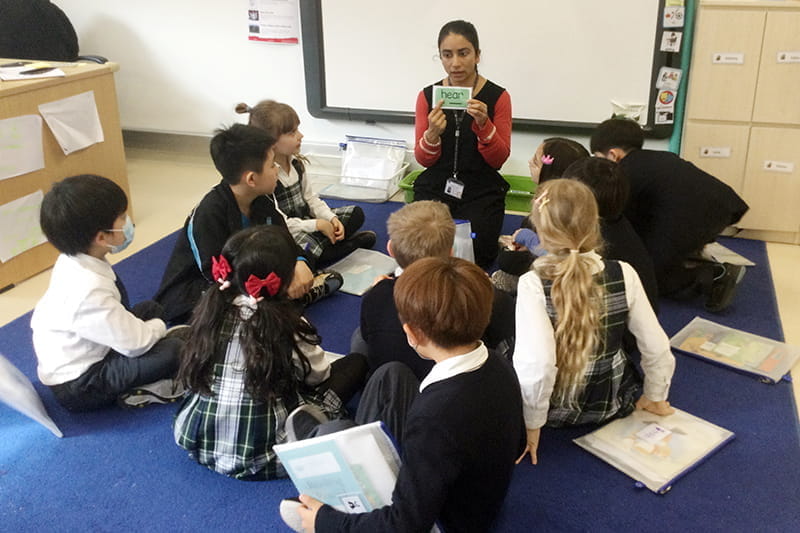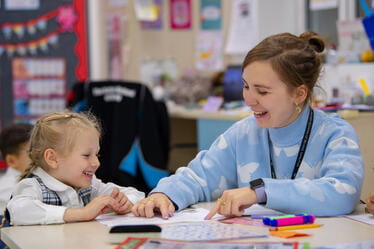You may have heard your children talking about ‘my Phonics class’ and wondered why it is that your child is in another class for this subject. Maybe the idea of ‘phonics’ is foreign to you, with much less curriculum emphasis given to it in your country of origin (should it not be an English-speaking country). Today’s newsletter will hopefully clarify what Phonics is as a subject, its importance in English, how it is taught, and why it is taught in leveled classes.
What exactly is phonics and what is its purpose?
To simplify, the aim of Phonics lessons is to teach students to read by familiarising them with the connection between sounds (phonemes) and letters or letter combinations (graphemes). For example, how the ea in the word ‘read’ is pronounced with the long e sound and how the i in the word ‘picknic’ is pronounced as the short i sound. The fundamental reason for Phonics being taught is to develop reading skills. Spelling skills also develop through the learning of Phonics. However, this is at a slower pace when compared with reading.
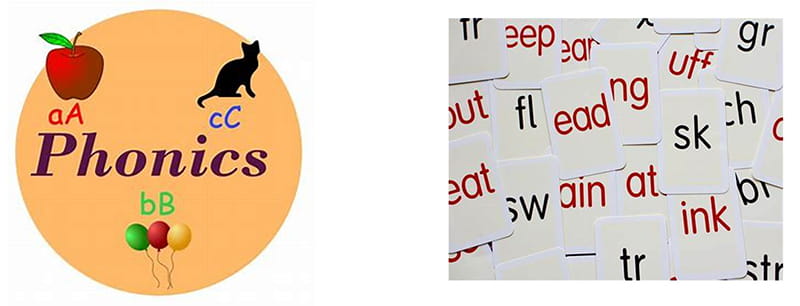
In other languages, Phonics is not taught every day. Why is so much time dedicated to Phonics teaching in the school week?
English is a very interesting language when it comes to phonics: It is a Germanic language where basic or core words come from early German (man, woman, eat, house, dog, think). However, most English words were borrowed from other languages (29% from Latin, 29% from French, 6% from Greek and 7% other). Many of the original spelling rules also came with these new words. And although a lot of languages have borrowed words from other languages, many chose to standardise the spellings of these new words to fit with their own spelling system. This means that, for example, if a language has 5 different ways of spelling the same sound, it is simply decided that one of the spellings will become the standard and the others will become obsolete. However, English has never really done this, and so, although there are only 44 sounds in English, there are hundreds of ways to read and spell them. For this reason, whilst students can learn to read and spell in languages such as Italian, Korean, Finnish and Turkish in a matter of a few months, in English, a full 2 years (Year 1 and 2) of formal Phonics teaching is built into the UK national curriculum to master reading. For spelling, teaching runs all the way up to Year 6 and beyond.
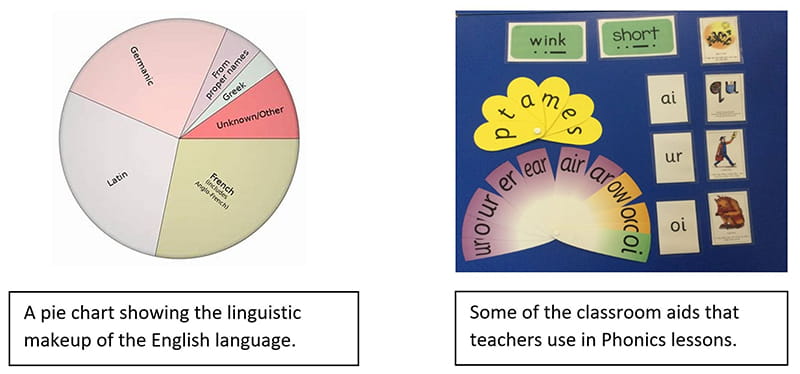
How is Phonics taught in Year 2 and why are classes levelled?
The above details would be lost on 6- and 7-year-olds, but then how is a complex idea such as this presented to a child? The programme we use at BSB starts with the easiest letter to sound combinations along with words that fall into the same category. For example, the short i sound and corresponding i spelling in words like pig, big, dig, tip, flip. This is done using flash cards, choral repetition, sentence and reading practice, and interactive activities. Students then move on to more complex graphemes like split diagraphs (polite, divide, inside, shade, cube) and 3-letter combinations that represent single sounds (bright, weight, fair, fear). The system that we use at BSB consists of 13 distinct levels. As the learning of Phonics is very liner, and students learn at different speeds and in different ways, it is essential that students are placed at a relevant level. A whole class teaching approach would simply not work as some students would be disengaged by the content with it being too difficult or easy for them depending on where they are on their phonics learning journey. Small, focused groups ensure that students move through the programme thoroughly and acquire concretely the fundamental reading and spelling skills that will serve them for the rest of their lives.
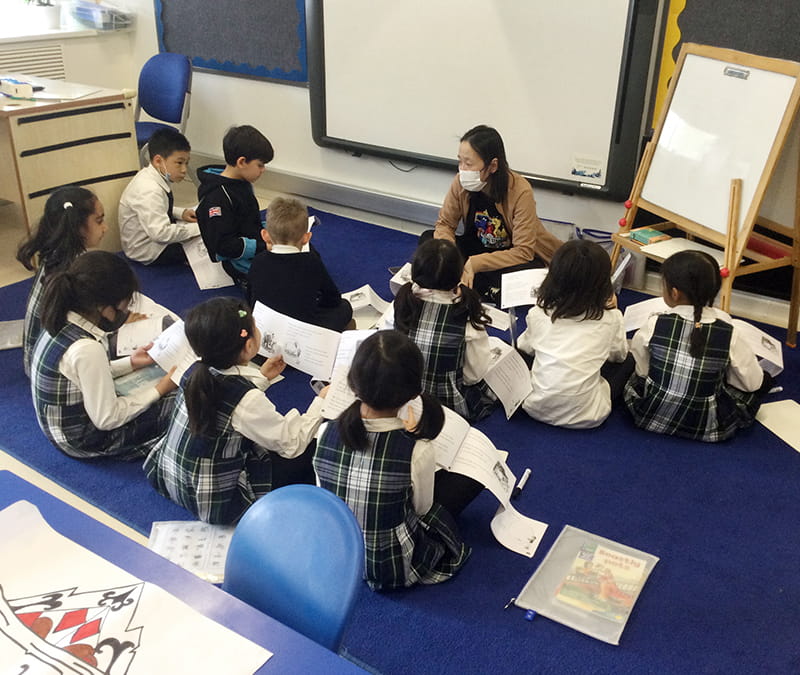
A note about dyslexia
Dyslexia is a condition that affects reading, writing and spelling skills in about 10% of students. The symptoms of the condition can be particularly brutal on English speakers due to the irregularity of both the reading and spelling system as discussed above. With the correct support, and although it may take a while longer, students with this condition can often reach the same success as their peers regarding reading. However, spelling can be a lifelong struggle for many. Students often have issues remembering the many patterns and exceptions that exist in English spelling. For this reason, teachers will often concentrate on the content and quality of ideas for students who are suspected of having dyslexia. Dyslexia has absolutely no bearing on intelligence, and most teachers are trained in how to approach the condition as to not risk a loss of confidence in the student by being overly critical regarding spelling skills or the aesthetic presentation of written work. It is also important to remark that many people with dyslexia are very creative, out-of-the-box thinkers who excel in their fields despite the literacy struggles that the condition poses. Don’t believe me? Just ask Richard Branson, Albert Einstein, Steve Jobs, or Dr Maggie Aderin-Pocock MBE - all were diagnosed with dyslexia at a young age.
A useful website all about Phonics: https://www.readwithphonics.com/parents-phonics-guide
By James Behzadi
Year 2 Giraffes Class Teacher

